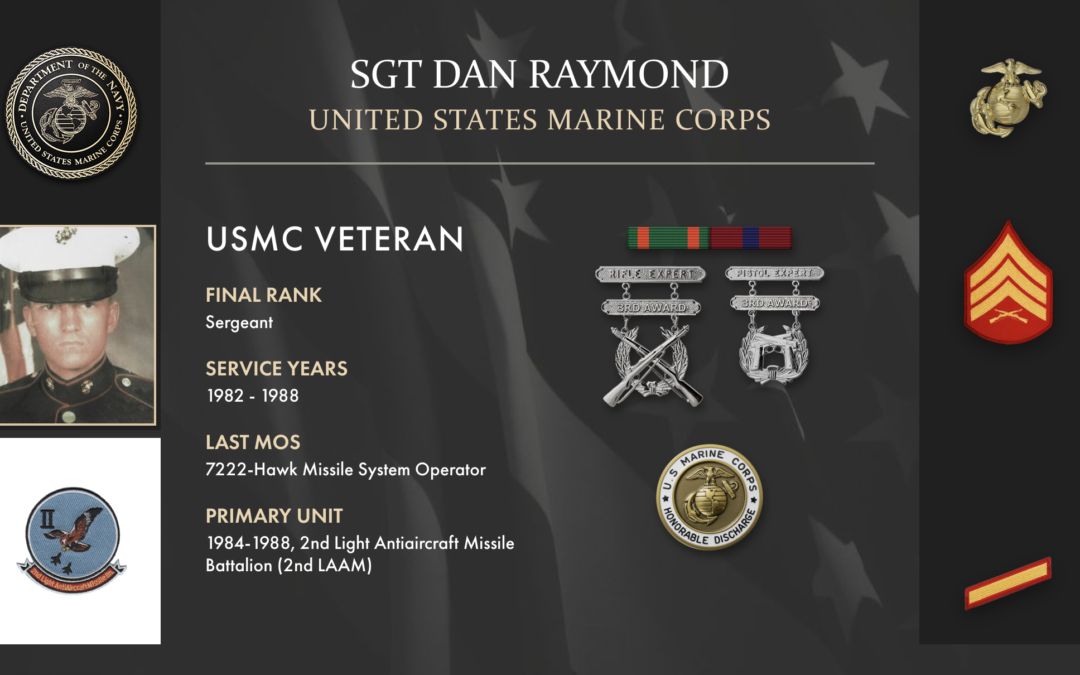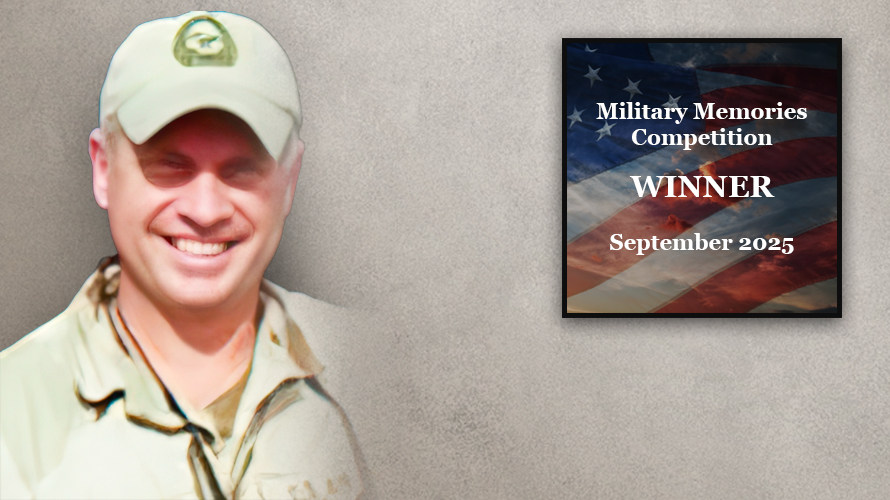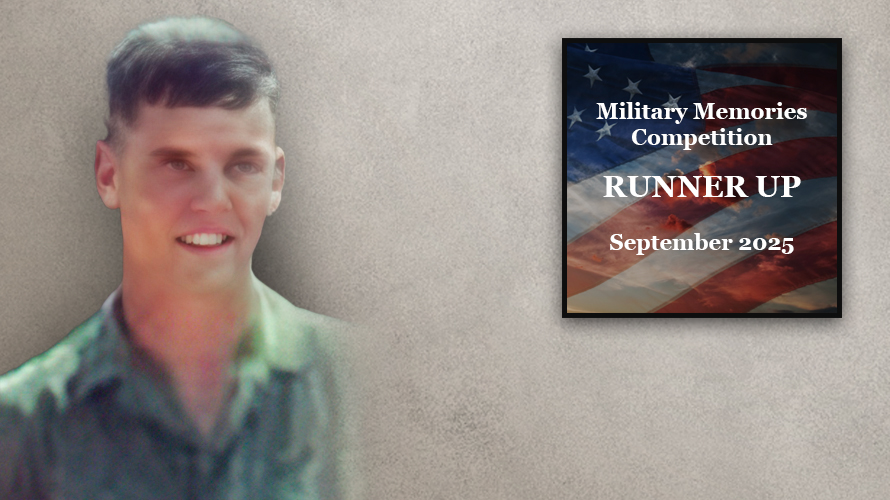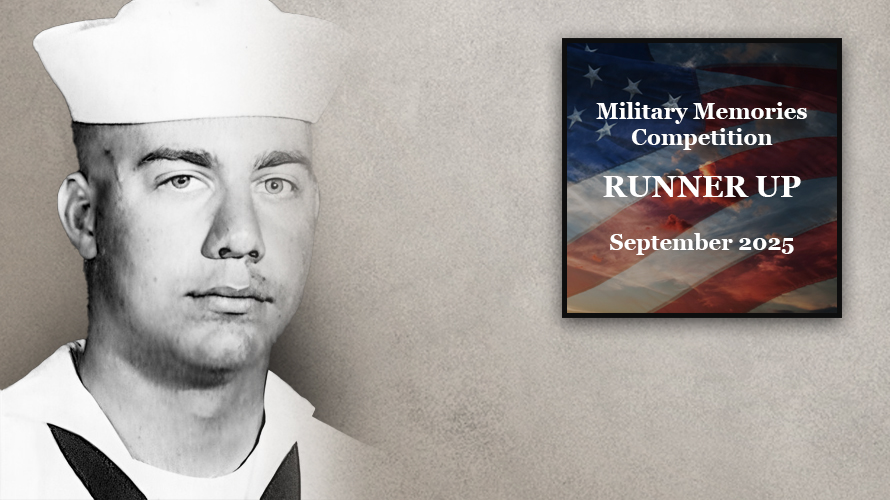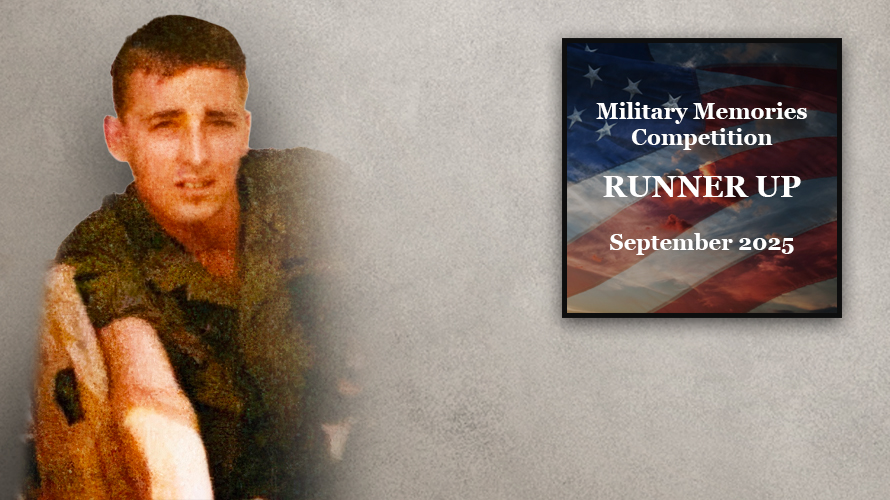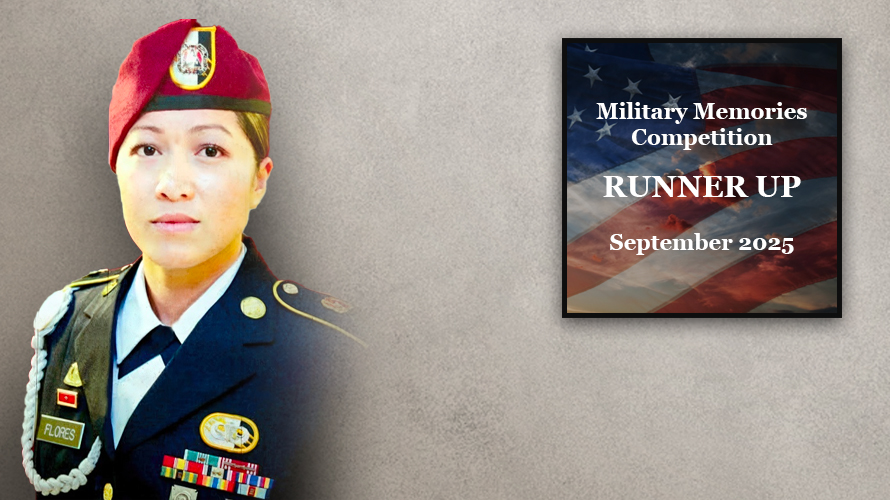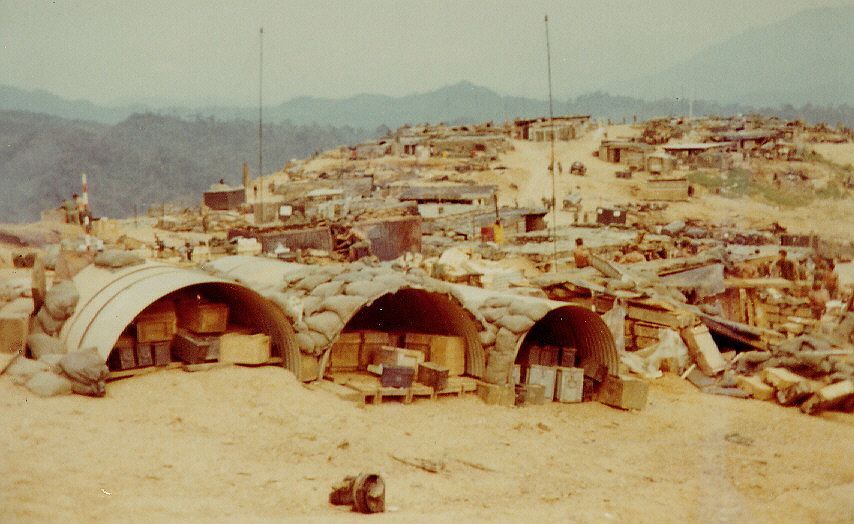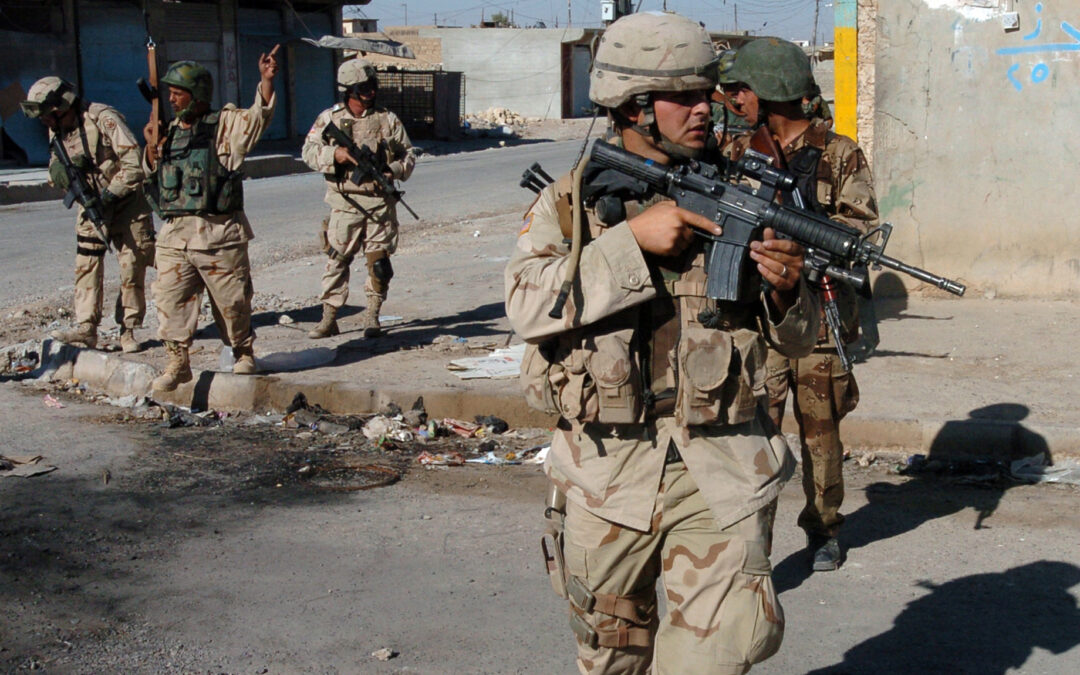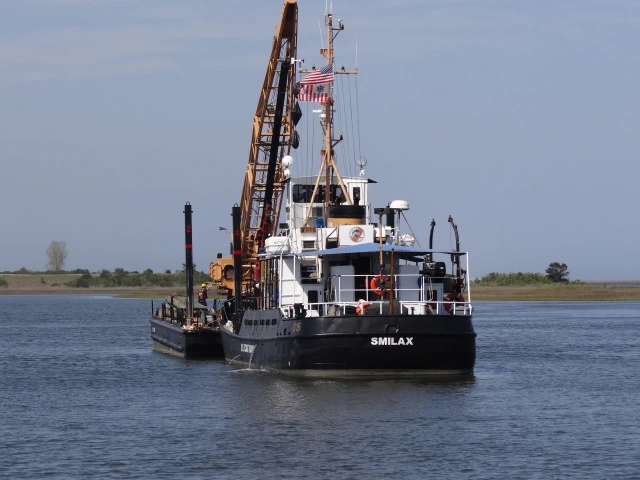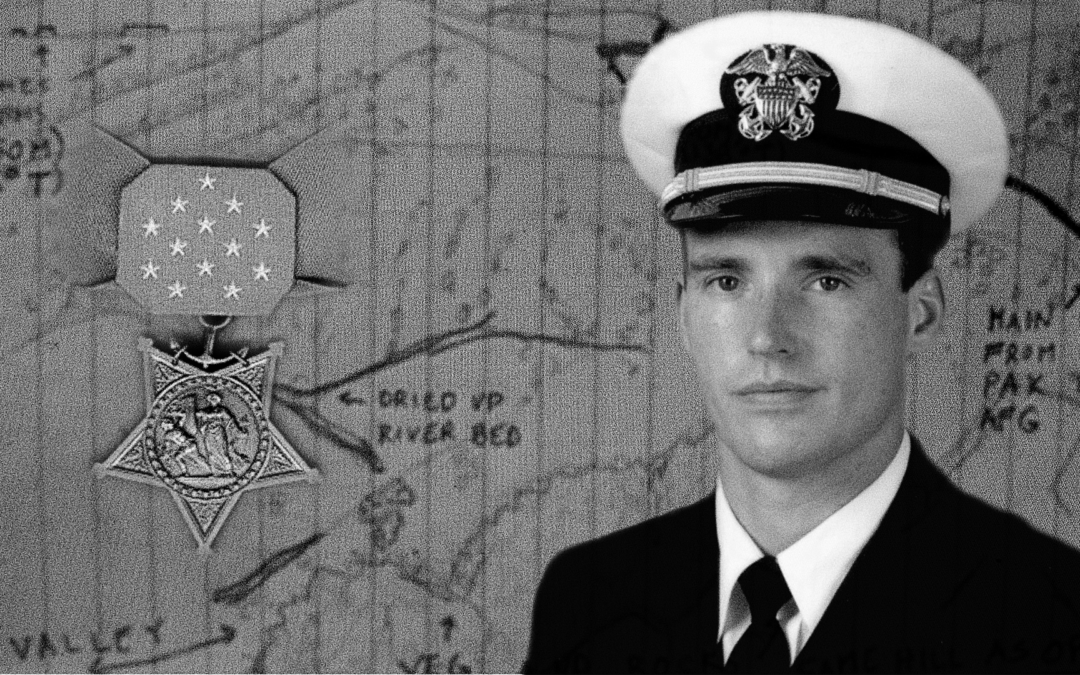I grew up in Santa Ana, CA (1970s) near MCAS El Toro and watched the Blue Angels every year, and I always admired the Marines. A strange thing happened around 1971, when my dad was a taxi driver picking up Marines from El Toro who were directly returning from Vietnam. This is something that’s terrible. However, it sheds light on what was going on with our veterans returning from war at this time.
